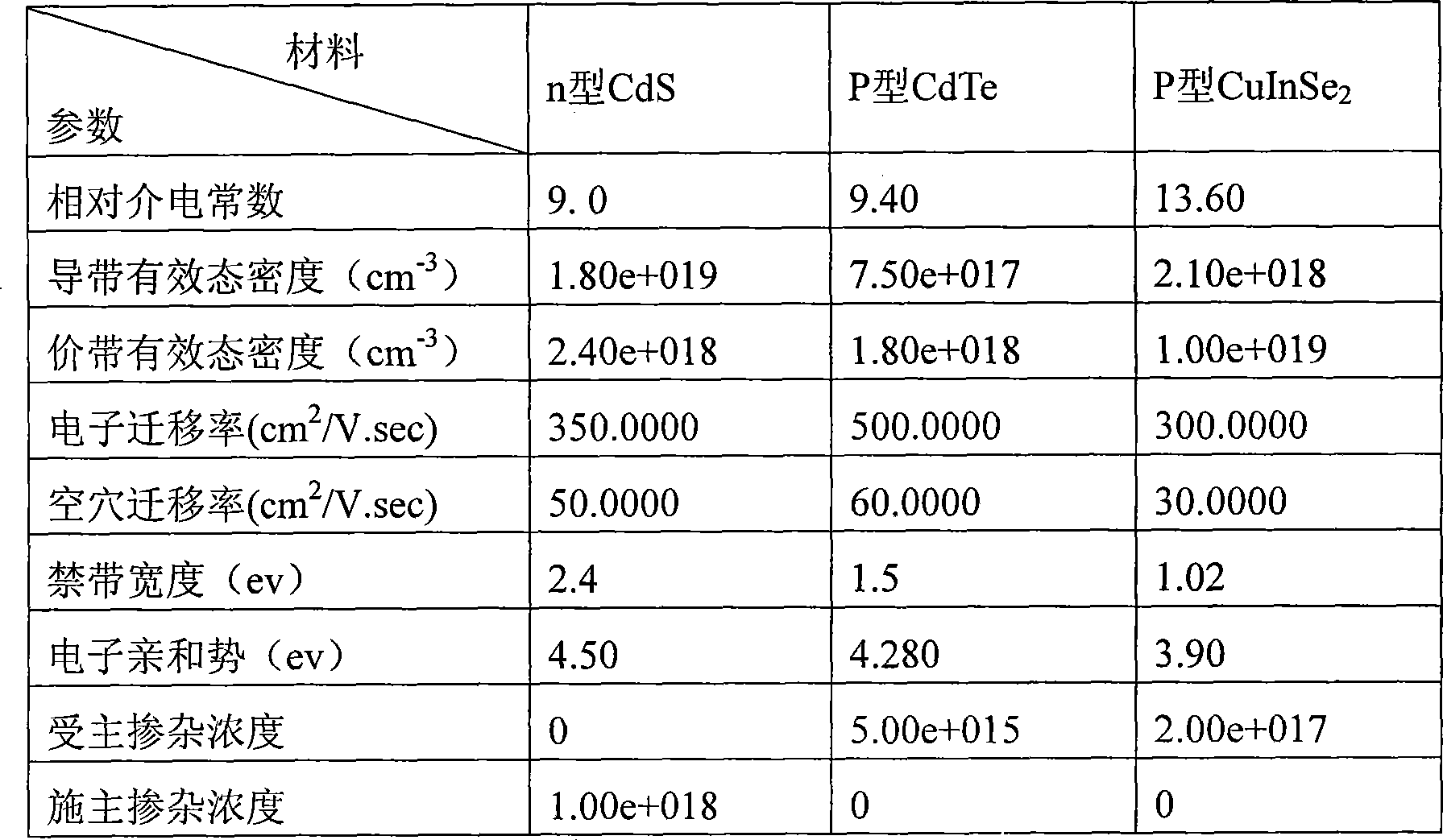Dual node flexible overlapping thin film solar battery for space
A solar cell and flexible technology, applied in the field of solar cells, can solve problems such as the stability of unstable thin-film solar cells and the difficulty of further improving cell efficiency, achieve good thermodynamic and chemical stability, improve photoelectric conversion efficiency, and increase transmittance Effect
- Summary
- Abstract
- Description
- Claims
- Application Information
AI Technical Summary
Problems solved by technology
Method used
Image
Examples
Embodiment Construction
[0025] Below in conjunction with accompanying drawing and embodiment the specific embodiment of the present invention is described in detail: see Fig. 1, flexible laminated film solar cell of the present invention is made of anti-ozone corrosion layer 1 / broadband anti-reflection film layer 2 / transparent polyimide film 3 / transparent conductive oxide upper electrode layer 4 / n-type cadmium sulfide layer 5 / p-type cadmium telluride layer 6 / transparent conductive oxide middle electrode layer 7 / n-type cadmium sulfide layer 8 / p-type copper indium selenide layer 9 / The lower electrode layer 10 is composed of molybdenum metal.
[0026] The preparation method of the flexible stacked thin film solar cell of the present invention is as follows:
[0027] 1. Preparation of Composite Substrate
[0028] (1) SiO 2 -TiO 2 or SiO 2 -ZrO 2 Preparation of Broadband AR Coating 2
[0029] SiO 2 The preparation of the precursor solution: with orthoethyl silicate (TEOS) as organic alkoxide precu...
PUM
 Login to View More
Login to View More Abstract
Description
Claims
Application Information
 Login to View More
Login to View More - R&D Engineer
- R&D Manager
- IP Professional
- Industry Leading Data Capabilities
- Powerful AI technology
- Patent DNA Extraction
Browse by: Latest US Patents, China's latest patents, Technical Efficacy Thesaurus, Application Domain, Technology Topic, Popular Technical Reports.
© 2024 PatSnap. All rights reserved.Legal|Privacy policy|Modern Slavery Act Transparency Statement|Sitemap|About US| Contact US: help@patsnap.com









